Now they're ready to write...
In most European countries, children are not expected to start formal handwriting with a pencil until they are six years old (or the countries that do best in international comparisons scores in Literacy, until they are 7). So, when are children ready to learn letter formation? This has been a much-debated topic and rightly so! On many occasions, I witnessed children become overloaded with the demands to develop these essential skills earlier and earlier at an ever-increasing pace. Do we risk children missing out on less 'essential' age-appropriate experiences in an attempt to spend more time getting children writing earlier?
7 Comments
Print is just talking on paper - Thomas EdisonThrough their marking, children are communicating their ideas, expressing their feelings, developing their imagination and creativity, and testing their hypotheses about the world, it is a truly valuable experience for young writers. For the focus of this post I am referring to the role of mark making in the development of handwriting skills and letter formation. In the early years children make marks simply for the sensory enjoyment of that smooth feeling of moving a marker across the whiteboard or the bumpy sensation of chalk grating across the tarmac, or simply the visual sadifaction of coloured paint dripping down the page. All these experiences are building their confidence and dexterity as well as the fine motor skills needed for compedent use of writing tools.
Professor Science Pants!
To celebrate Science Week we have been super lucky to have our very our Professor Science Pants (impromptu name) visit us every day! Each day, Professor S for short comes bursting through the door after morning break looking mad as a hatter and ladened down with all sorts of science equipment... strangly Ms Murray is nowhere to been seen for the next hour and a half??? probably enjoying a well earned extended coffee break we think...
Playful Lesson Planning...Strand: Measure Strand Unit: Length Content Objective: 1) Develop and understanding of the concept of length through exploration and discussion and use of appropriate language. 2) Compare and order objects according to length I Do:It is always nice to start a new topic or lesson with a story. The children and I go to the carpet for this lesson. Read a story that discusses length. Talk about the topical language. Long, short, longer, shorter, longest, shortest etc. Outdated? Or is there a way to make it work for everyone?
Homework... most people have an opinion on it! Some children love it, some don't. A recent poll of 10,000+ on journal.ie shows the debate is fairly split in favour of homework in primary school. But if you are a parent I am sure you will agree that it can be difficult to find time to fit homework into busy family life. In primary school, if you must set homework it should be short and sweet. Some follow the rule of 10 minutes per year (10 minutes for infants and first, 20 minutes for second class and so on). We need to explore ways in which homework can add value to family time by making it fun in addition to reinforcing what a child is learning in school. Is there a way homework can enhance family time rather then invading it?
Eight Tips To Encourage Correct Pencil Grip...
Before I share some tips to support correct tripod pencil grip with Junior Infant, I want to mention that like every other stage of a child's development there are different stages of pencil grip, children start exploring their pencil grip as early as 3 months old. It is important not to force a child into holding a pencil a certain way before they are ready. This could actually have a negative impact and create a dislike of writing and colouring for a child. The chart below shows the development of pencil grip and each are completely normal at different ages. Some children will be comfortable using the trip-pod grip from the start and some children will progress from one grip to the next at a different pace.
The importance of continuing to develop fine motor skills in and beyond the pre-school years...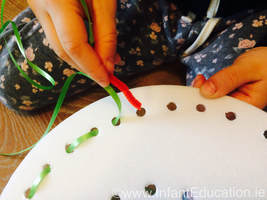
I believe it is our fellow pre-school educators who are the experts in this area. It wasn't until my daughter went to play school that my eyes were opened to the wonderful range of fine motor activities that were available to help her specifically develop her fine motor skills. I realised then, just how important it was that we continue to develop these skills when children arrive in junior infants before we make any attempt to teach letter formation. In this post I set out to compiled a selection of fine motor activities that will help infants develop their fine motor skills as well as hand-eye coordination, while also making them a little more challenging and fun by integrating them into our early maths and literacy learning. Building the muscles in their hands and fingers does not stop when we begin to teach letter and number formation either, teachers should develop these activities, integrating more hands on tasks into children's learning as an alternative to worksheets and workbooks.
Fall into Autumn with ease!Making the transition from one Aistear topic into the next can be stressful and time consuming! Follow these Seven Simple Steps to make the transition into your new Aistear topic as easy as possible!
Assessment that informs your teaching!
Assessment is paramount when supporting the learning and development of the children in your care and provides the bases of informed teaching. Without it you may as well be teaching blind folded. It also supports the children in becoming involved in their own learning and creates opportunities for them to understand their achievements and know what they need to work on. But what you really need is assessment methods that are quick, relevant and inform your planning. In this post I share with you many valuable everyday assessment methods, with lots of visual examples taken from real classroom situations. I also have a few free downloads for you too!
Teaching the skills of successful learning through play!
As children mature so do the expectations we place on them. You need to allow children the time they need to adjustment from one learning environment to another. Just like every other area of a child's learning, there are stages to their learning development and developing their play skills is no different.
Curriculum integration is key.There are so many benefits to teaching through themes. If you understand language and vocabulary to be one of the most fundamental componants of a child’s learning, you will then understand the benefits of teaching through themes and topics. By choosing an over all topic or theme you will provide children with constant reinforcement of topical vocabulary throughout the days/weeks or month and it is likely that the language will be absorbed by the children in fun and relevant lessons. A thematic approach also offers children the opportunities to play with ideas in different situations and with a variety of resources, they discover connections and come to new and better understandings and ways of doing things.
The dreaded timetable!
Aistear organically allows for child-led differentiationAistear organically allows for child-led differentiation. Children have the freedom to choose where are they want to play, with whom they want to play and how they want to play. With practice they will learn to challenge themselves, become more adventurous and test their own limits and abilities. It also allows for the child to set their own learning pace, a child who finds social interaction more challenging can slowly build confidence until they feel ready to become more involved in group play. Aistear is a language rich hour where each child is immersed in topic specific language, children tend to become more confident as a given topic develops and becomes more involved in verbal interactions with their peers. Plenty of discrete oral language lessons and guided role-play will support children’s play.
Creating an environment that oozes FUN.
We need to be creators and not consumers.
The most effect way for children to learn.
...of a never ending journey.Aistear has taken me on a journey in my teaching career that I never expected. I have always been creative and applied that creativity to my teaching whenever possible... in-between my everyday tightly timetabled lessons. I have been an infant school teacher for years but our school only introduced Aistear properly about 4 years ago and it has been slowly taking off ever since. I was slow to get into it myself, because like most teachers I wondered where I was going to fit this kind of play into my busy and often subject crammed infant day. My first thought was where am I going to find the time, money, and space to implement this new early childhood framework. Before I had even started I was coming up with many reasons just to stick with the way I was doing things.
|












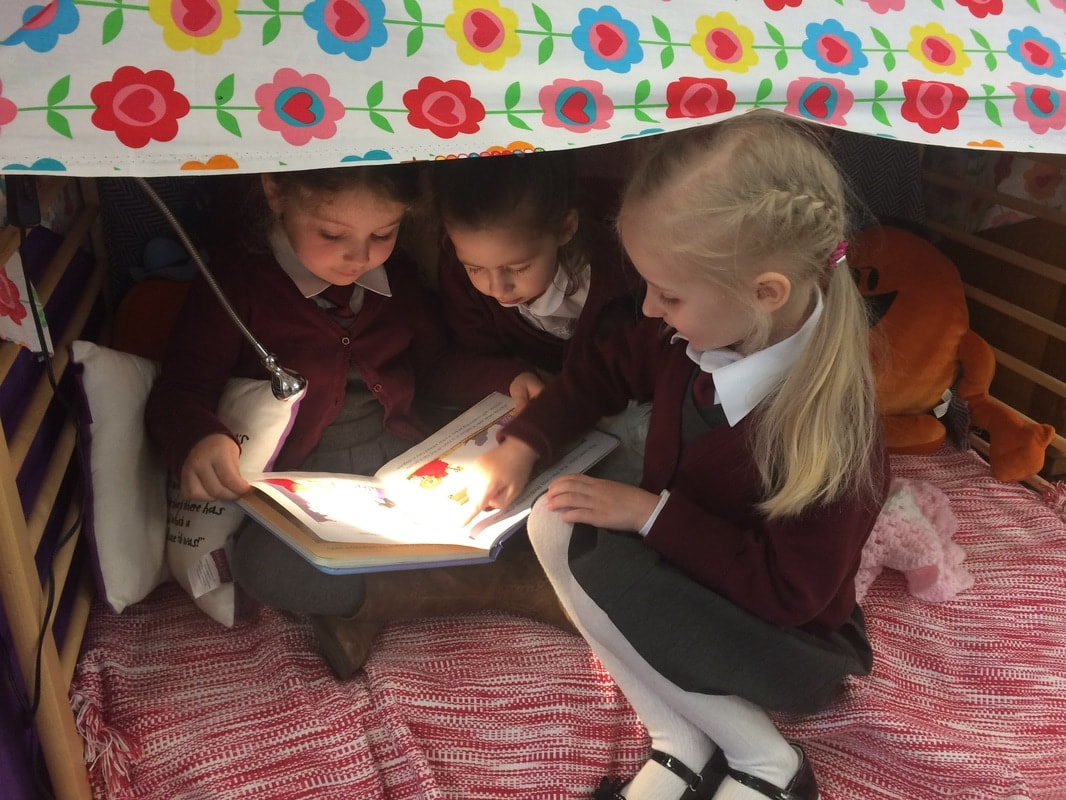
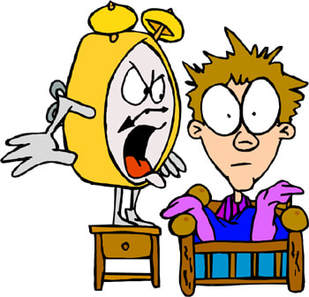

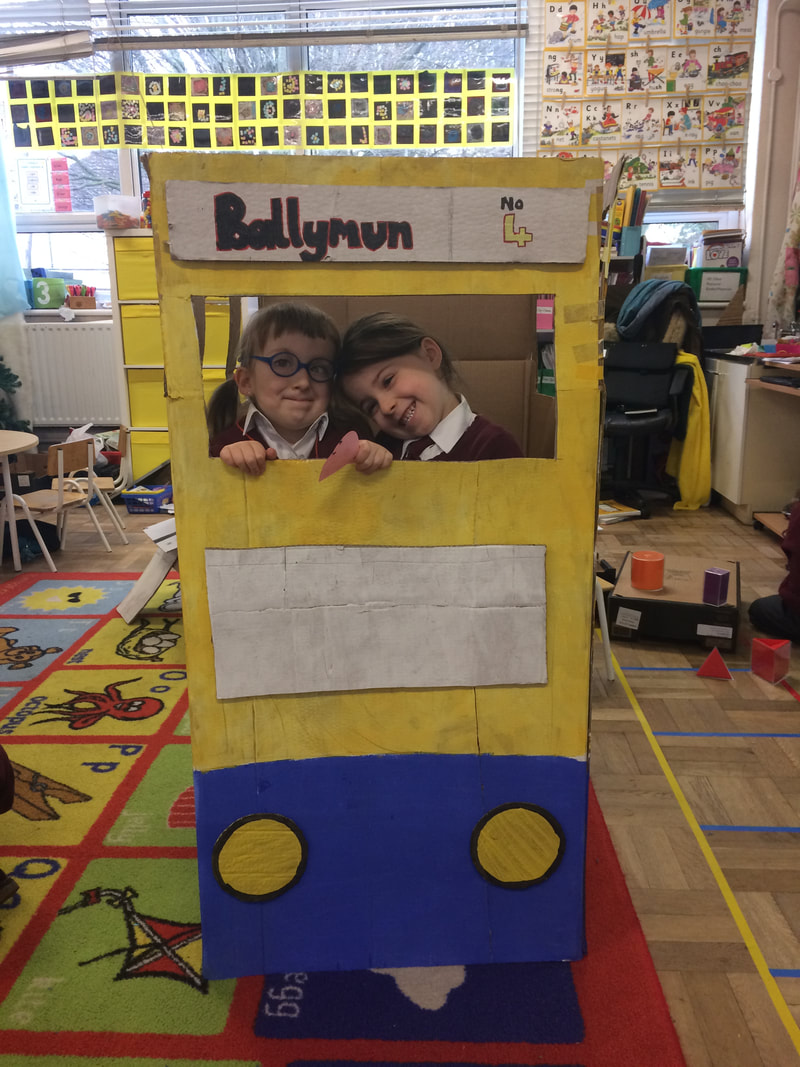



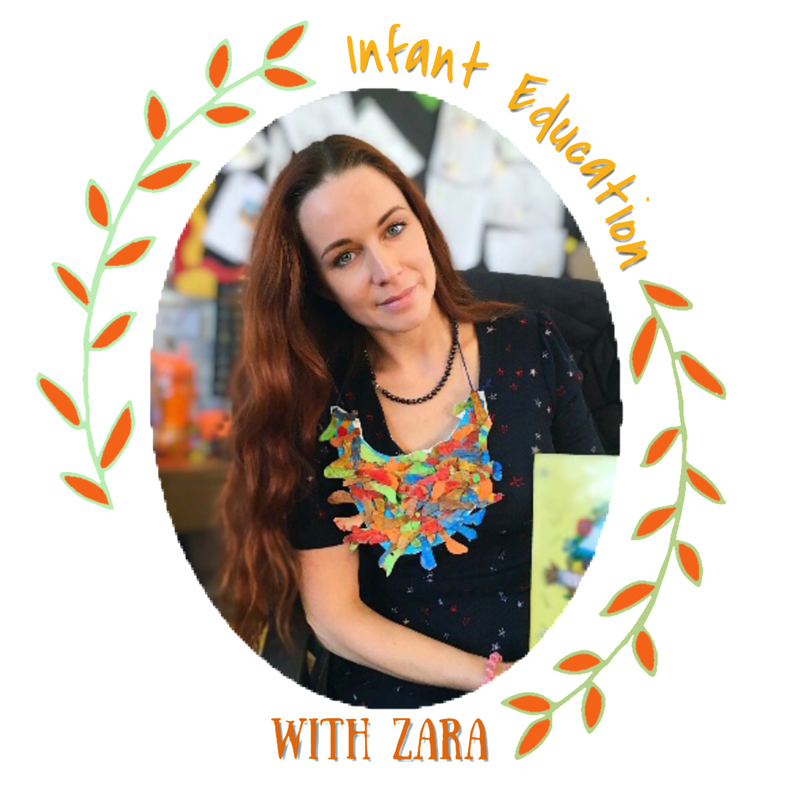
 RSS Feed
RSS Feed